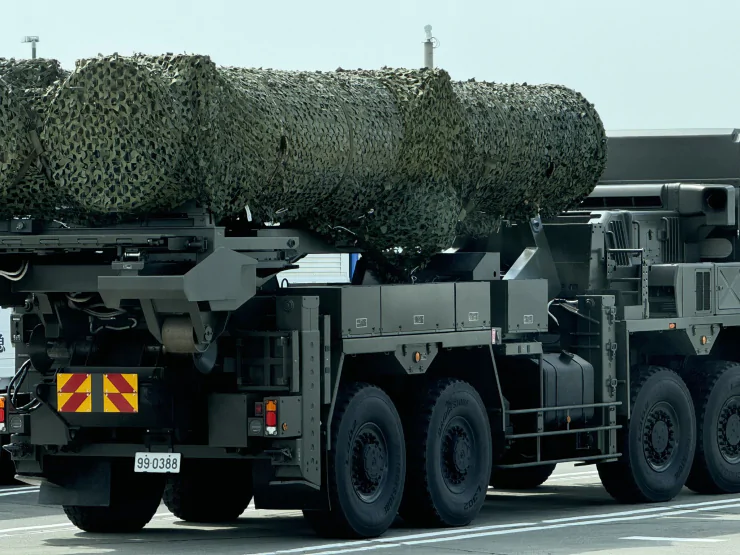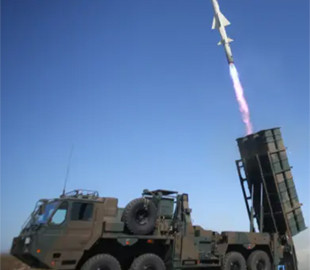
HVGP is mostly intended to protect disputed islands claimed by China, for example in East China the sea The missile will be released at an accelerated pace by 2026, three years earlier than planned.
A recent publication on social networks of Japan's first hypersonic weapon launcher has sparked the interest of enthusiasts. The photo shows a military truck with a missile system parked on the side of the road. The photo was shared by user X with the nickname 1ZZ-FETaz.

This development of the Japanese defense industry is officially called the “Hyper-Velocity Gliding Projectile” ( HVGP) and is expected to enter service with the Ground Self-Defense Forces (JGSDF) by 2026 — three years earlier than planned…
As write the authors of the popular portal about defense and security, the accelerated pace of the release of the hypersonic system indicates that the leadership of the Land of the Rising Sun is thoroughly responding to the changing situation in the Asia-Pacific region. In particular, due to the rapid development of the technologies of the People's Liberation Army of China and the missile capabilities of North Korea.
Launch of the Hyper-Velocity Gliding Projectile (HVGP)
HVGP — one of the many projects of the Japanese military. There are a total of seven domestic development programs and in addition — the purchase of missile systems from the United States. This is a notable a change for Japan, which has not maintained its precision strike capability since World War II.
Japan's Procurement, Technology and Logistics Agency (ATLA) has already tested this planned hypersonic munition this year. The tests in March-April of this year were the first since the system was developed in 2015.
200% Deposit Bonus up to €3,000 180% First Deposit Bonus up to $20,000The tests were held in California, although in this part the United States itself has difficulties. Regarding hypersonic developments, Washington lags behind Moscow and Beijing. Video and computer graphics of the launch became public domain relatively recently.
Hypersonic missiles are more difficult to intercept, as they maneuver in flight at a speed that is five times higher than the speed of sound. Compared to ballistic analogues, from which it is still possible to protect with the help of advanced anti-missile systems, hypersonic weapons can change direction. In Russia, there are two developments in this direction — “Zircon” and “Dagger”. In China — DF-27 and DF-17.
Japanese engineers are actively engaged in hypersonic technologies and other missile systems as part of a renewed defense strategy. The HVGP is expected to provide Japan with an unprecedented level of strategic deterrence thanks to its hypersonic speed, the ability to evade missile defense systems and engage targets with high precision. The missile can change its trajectory in flight and is designed to overcome modern defense systems. Estimated range — about 900 km.
Japanese HVGP missiles — Block 1 and Block 2
In general, there will be two variants of HVGP — Block 1 and Block 2. In the first — early version of the rocket (Early Deployment Model), — a launch system with the help of an accelerator is implemented. Its length — about 8-9 meters. It also incorporates technology from other Japanese missile systems, such as the Type 12 surface-to-ship missile.
Block 2 (or Enhanced Performance Model) is an upgraded missile over 10 meters long. It is distinguished by a more complex flight mechanism and a powerful accelerator. The missile, with increased range and possibly a larger payload, has better performance compared to Block 1. Both variants should appear in the near future.
HVGP is mostly intended for the defense of disputed islands, such as in the East China Sea. Can be launched from a mobile land platform or moved by sea to enemy targets. Integration with fire control systems (FCCS) and GNSS navigation system ensures accuracy of targeting.
The missile produced by Mitsubishi Heavy Industries was originally planned to be deployed in 2029, but now HVGP will appear in service in 2026. Improved versions are expected to reach a range of 3,000 km by 2030.

